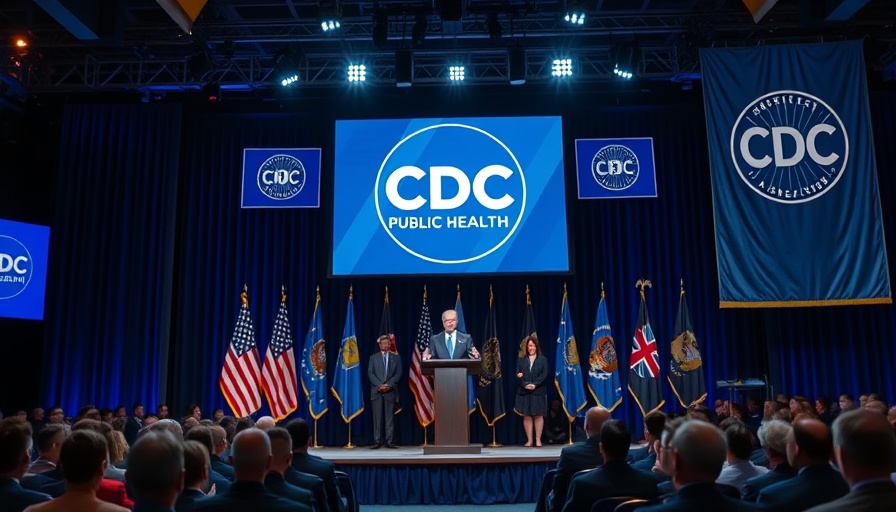
Embracing the Climb: Lessons from Mountaineering to Epidemology
In the journey of life, some of our most significant lessons are often found in the most unexpected places. This notion is beautifully emphasized by Michelle Holshue, PhD, BSN, RN, in her intriguing talk, ‘Learning the Ropes: Lessons from Mountaineering and Epidemiology’. For health care professionals grappling with the intense pressures of their work, understanding how these disparate fields intertwine can offer crucial insights into resilience and teamwork.
In 'Learning the Ropes: Lessons from Mountaineering and Epidemiology,' Dr. Holshue dives into these vital connections, offering key insights that inspire our deeper analysis.
The Dual Nature of Challenge
Both mountaineering and epidemiology present their own set of daunting challenges, each with its unique hurdles that demand teamwork and collective resilience. Upon beginning her career as an Epidemiology Intelligence Service (EIS) officer, Dr. Holshue faced a pressing situation: navigating an investigation for Toxic Anterior Segment Syndrome. With minimal experience and an unfamiliar environment, she relied heavily on her colleagues, illustrating an essential lesson that strength in numbers can amplify success. In the world of health care, this is profoundly evident—each professional adds invaluable knowledge, creating a lifeline that supports not only patient care but also enhances individual well-being.
Trust: The Lifeline in Every Expedition
In both public health and climbing, trust is not a given; it needs to be developed intentionally. As Dr. Holshue illustrates, working closely with a 'rope team' builds this trust, vital in both mountainous terrain and health crises. Just as climbers depend on one another for safety and support, health care professionals must cultivate strong relationships with colleagues to ensure collective efficacy, particularly when emergency situations arise.
Facing the Unexpected: How to Maintain Control
Public health, much like climbing, is fraught with unpredictability. The emergence of COVID-19 tested the resilience and adaptability of health workers worldwide. Dr. Holshue's experience during these early days, where she was tasked with rapidly compiling key reports, reflects a shared sentiment among health care workers—there's a need to remain composed and tackle crises head-on. Her encouragement to keep “putting one foot in front of the other” resonates deeply with anyone of us who has faced overwhelming challenges in our careers.
Redefining Success in Every Climb
Dr. Holshue stresses that the summit is but a marker; the journey and the safety of the team are what truly matter. This perspective is crucial for health care professionals who often face burnout. Recognizing when to step back or change tactics can be essential for sustaining long-term effectiveness. With public health challenges continuously evolving, acknowledging that it’s acceptable to not reach every goal while still making significant contributions is a lesson we can all carry forward.
Final Thoughts on the Journey
As health care professionals, we must internalize the lessons from both climbing and epidemiology. Building trust, working collaboratively, and redefining what it means to succeed can help navigate the complex landscapes we face daily. While public health emergencies can feel insurmountable, as we learn to support one another, we realize that we can tackle these challenges more effectively together.
In light of Dr. Holshue’s insights, it is crucial to invest in your relationships with fellow health care professionals. As we face tomorrow’s challenges, let’s remember: the mountains of public health will still be there, and together, we can scale any summit.
 Add Row
Add Row  Add
Add 




Write A Comment